7 Lateral Pelvic Tilt Exercises for Uneven Hips
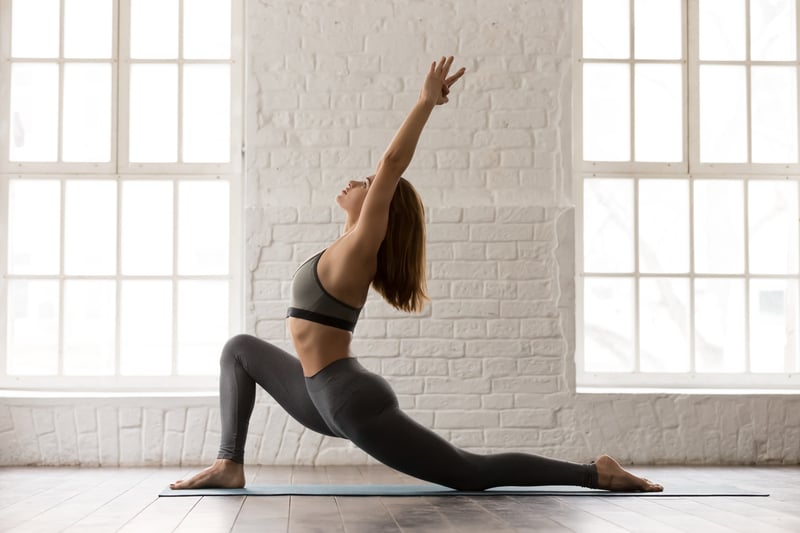
Using lateral pelvic tilt exercises to fix uneven hips just might seem too easy! But, it turns out, it’s really quite an effective way of dealing with imbalances in the body that can lead to several other problems down the road if left unaddressed.
What is Pelvic Tilt and What Causes It?
Pelvic tilt occurs when your hips are uneven, causing one hip to be higher than the other one. Pelvic tilt can actually describe a pelvis that is tilted too far forward (anterior tilt), tipped backward (posterior tilt), or for our purposes, tilted laterally (does not line up straight across your body horizontally).
There can be several causes for this condition, but a lateral pelvic tilt is often seen in the following cases:
- Scoliosis—the spine curvature can result in uneven hips since your backbone curves from side to side (instead of being centered and aligned down the middle of your body).
- Leg length—if one leg is longer than the other, it can obviously throw off your balance and cause your pelvis to become misaligned.
- Tight muscles—yes, tight muscles can cause a host of problems, but in particular, tight hip flexors can cause you to experience a lateral pelvic tilt.
How Can You Know if You Have Uneven Hips?
Most people likely don’t even realize there’s a problem with their hips. However, if you look, while standing up with your feet flat on the ground and in line with each other, you may be able to see the misalignment in the mirror. One hip will look higher than the other. You can also take a piece of string and hold one end in each hand while placing your hands on your hips. Is the string level? If not, you may have uneven hips.
What’s the Problem with Having Uneven Hips?
If your hips are uneven, it can cause a host of other issues from simply throwing off your balance to causing injuries to other parts of your body. Believe it or not, just like the old nursery rhyme says, everything really is connected, starting with the hip bone. Uneven hips, or any kind of misalignment in the body, can cause other muscle groups to become unbalanced. Plus, one area can learn to compensate for another, creating more imbalances. This can lead to injury, discomfort, and pain.
Try These Lateral Pelvic Tilt Exercises to Even Out Your Hips
Now that you’re aware of the problem with uneven hips, whether you have the issue or not, it’s a great idea to include these lateral pelvic tilt exercises in your workouts.
1. Pelvic Tilt Bridge
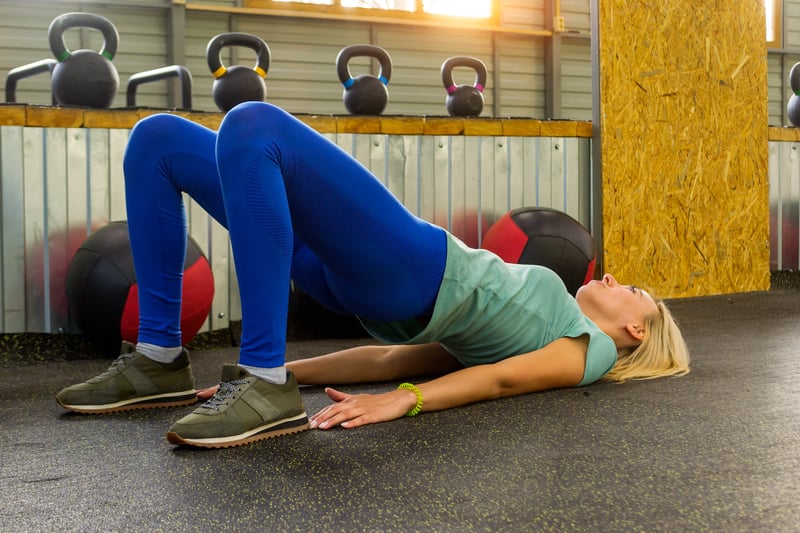
Start by lying on your back with your feet flat on the ground, about six inches apart. Place your arms straight by your sides and bend your knees, bringing your feet up toward your hands. Next, picture rolling your spine up off the floor by contracting your abdominals and bringing your hips up off the floor. Continue this movement until your torso is a straight line from knees to chest and squeeze your glutes, holding this position for a count of three. Release and slowly roll your spine back down onto the ground as you lower your hips back to the start.
2. Abduction Movements
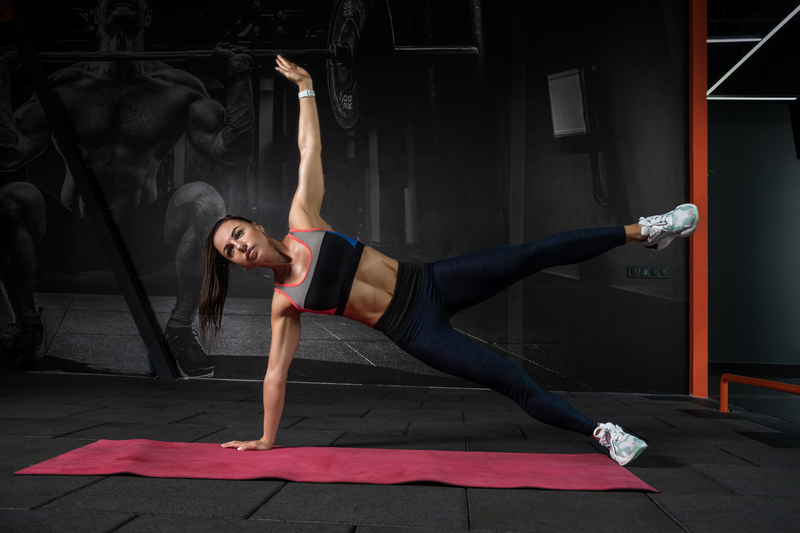
This can be done on an adductor machine at a fitness facility, but you can also easily do this exercise at home or on a mat. Start by lying on your left side on the ground. Next, bring your right leg up about a foot off the ground. Hold it for a count of five and then lower back to the left leg. Repeat ten times for the right leg and then repeat on the left side. As you get more advanced, you can start from a side plank position to really challenge your entire body.
3. Reverse Leg Raises
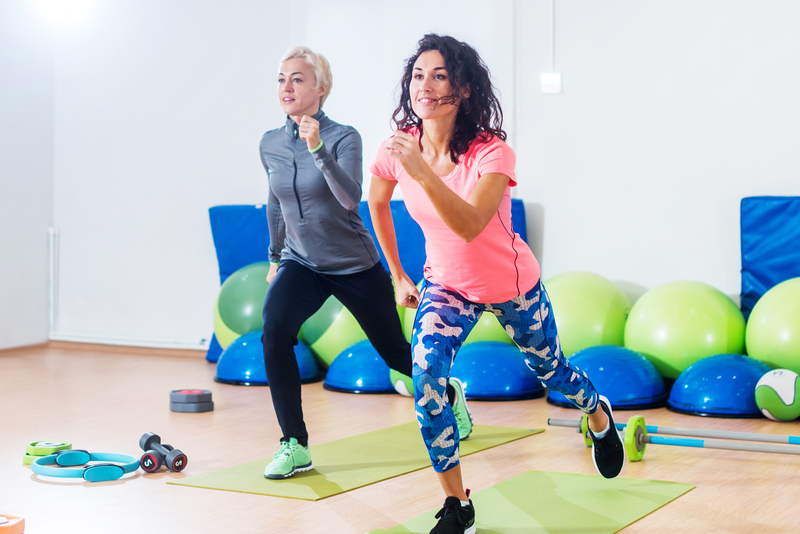
These can be done either standing or lying down. If standing, begin with your feet about hip-width apart. Place your hands on your hips and keep your upper body as straight as you can during this movement. Next, pick up your right foot, keeping your leg straight, and kick it out behind you. Bring your foot back to the starting position and repeat ten times before switching to the opposite leg and repeating the motion.
BREAKING: Forget Taking Collagen, Try This 21-Second Trick for Healthier Skin & Hair Instead
4. Clamshell Movements
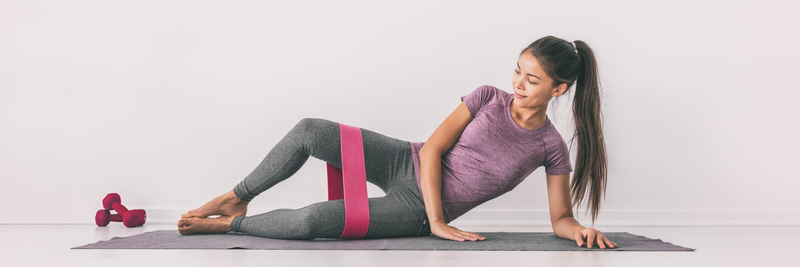
This movement will help loosen up the hips as well. Start by lying on your left side and bend your legs. Your right knee will be on top of your left knee. Next, rotate your right (upper) leg so your knee is pointed skyward, opening up the hip area. Repeat the opening/closing clamshell movement 15 times for the right leg before switching to the other side and repeating for the left leg. Again, you can add an exercise band to make the exercise more of a challenge while still working to align your hips.
5. Side Steps with Resistance Bands
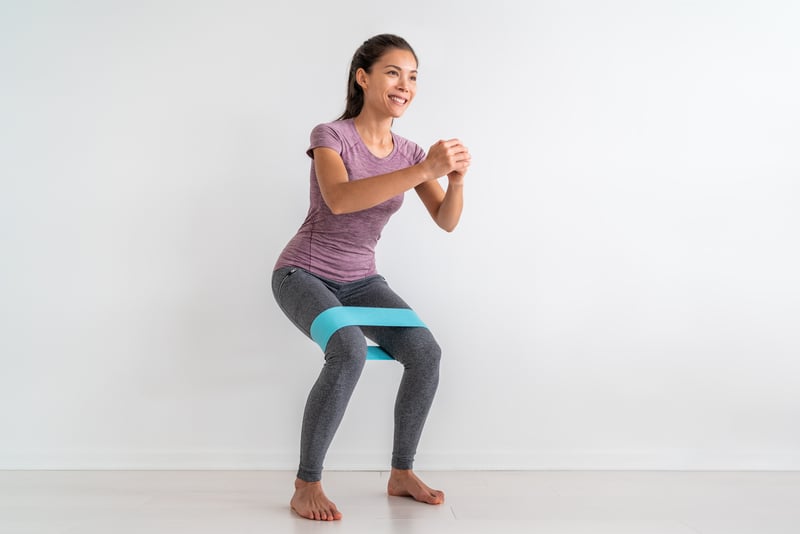
These lateral pelvic tilt exercises are great for strengthening the hip area and can help you straighten out your stance. Simply loop a band around both ankles. With your hands on your hips, take a giant step out to your right. Repeat on the left side and continue side-stepping for 20 steps.
6. Side Planks
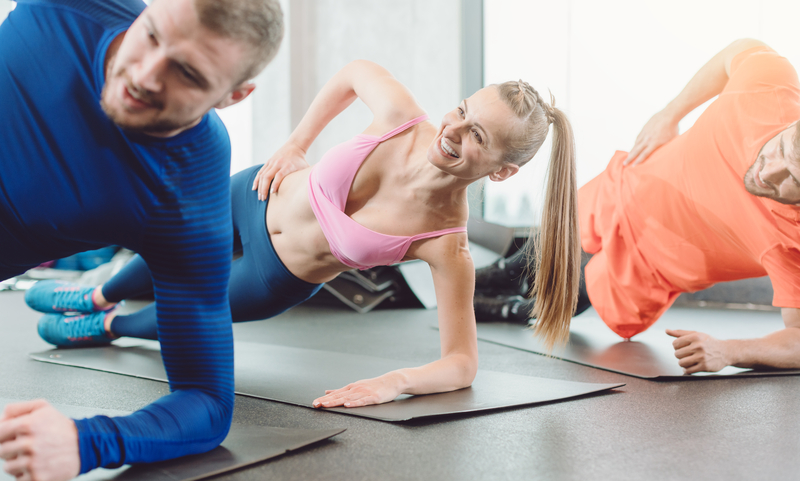
These will help strengthen the hips and surrounding muscles, so you can support proper alignment. Start in a normal plank position (on your tip toes, body in a straight line, and the front of your body on your forearms). Next, move so that your right side is facing upward and lift your hips off the ground. Move your right arm to your right hip and place your right foot on top of your left foot. Hold this position for 20 seconds. Repeat three times.
7. Kneeling Hip Stretches

This stretch will work your hip flexors, loosening up the muscle and tendons in your hips, so your body can realign itself. Kneel down on your right knee and extend your left leg out behind you. Next, keeping your back straight, move your hips forward until you feel a good stretch through your hips and left leg. Repeat on the opposite side.
Getting your hips to even out should be a priority for you as the hips are the centerpiece of your body. Remember, if they are misaligned, then chances are good that other areas of your body are being thrown off balance as well, and this can lead to consequences like injuries and discomfort. Getting your hips even with lateral pelvic tilt exercises will give you a much-needed stable base so you can build on your fitness and strength properly.




 US Doctor: "Eating This Every Day Can Snap You Into Ketosis"
US Doctor: "Eating This Every Day Can Snap You Into Ketosis"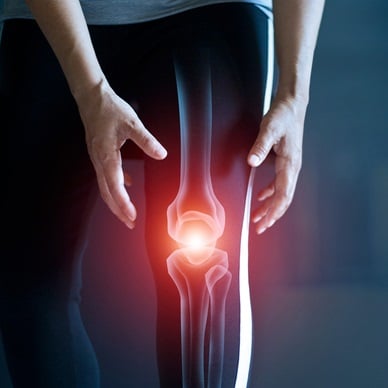 3 Key Nutrients to Help Lubricate Your "Tin Man" Joints
3 Key Nutrients to Help Lubricate Your "Tin Man" Joints AVOID Plant-Based Protein Powders (unless...)
AVOID Plant-Based Protein Powders (unless...)

